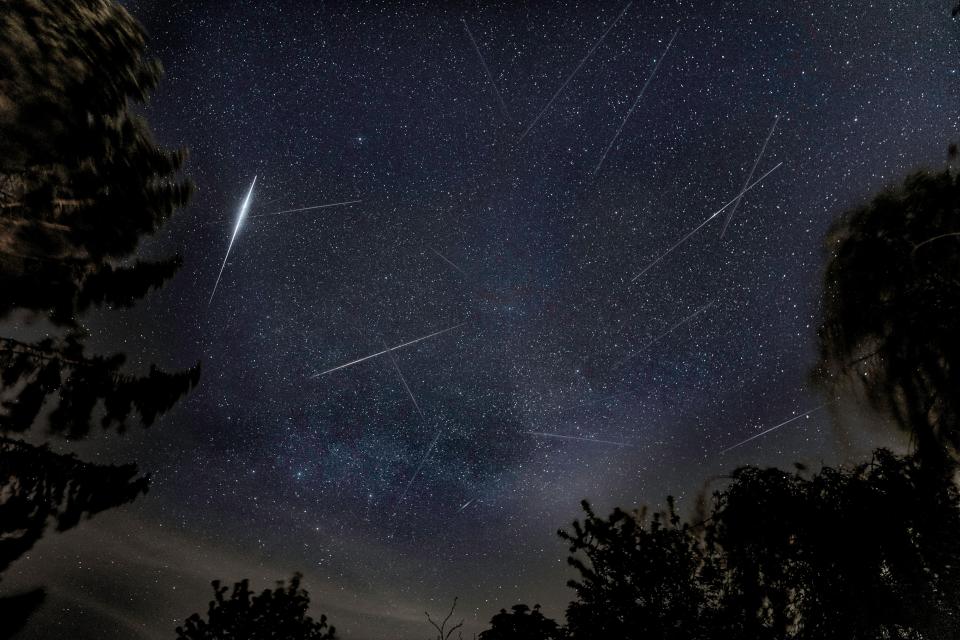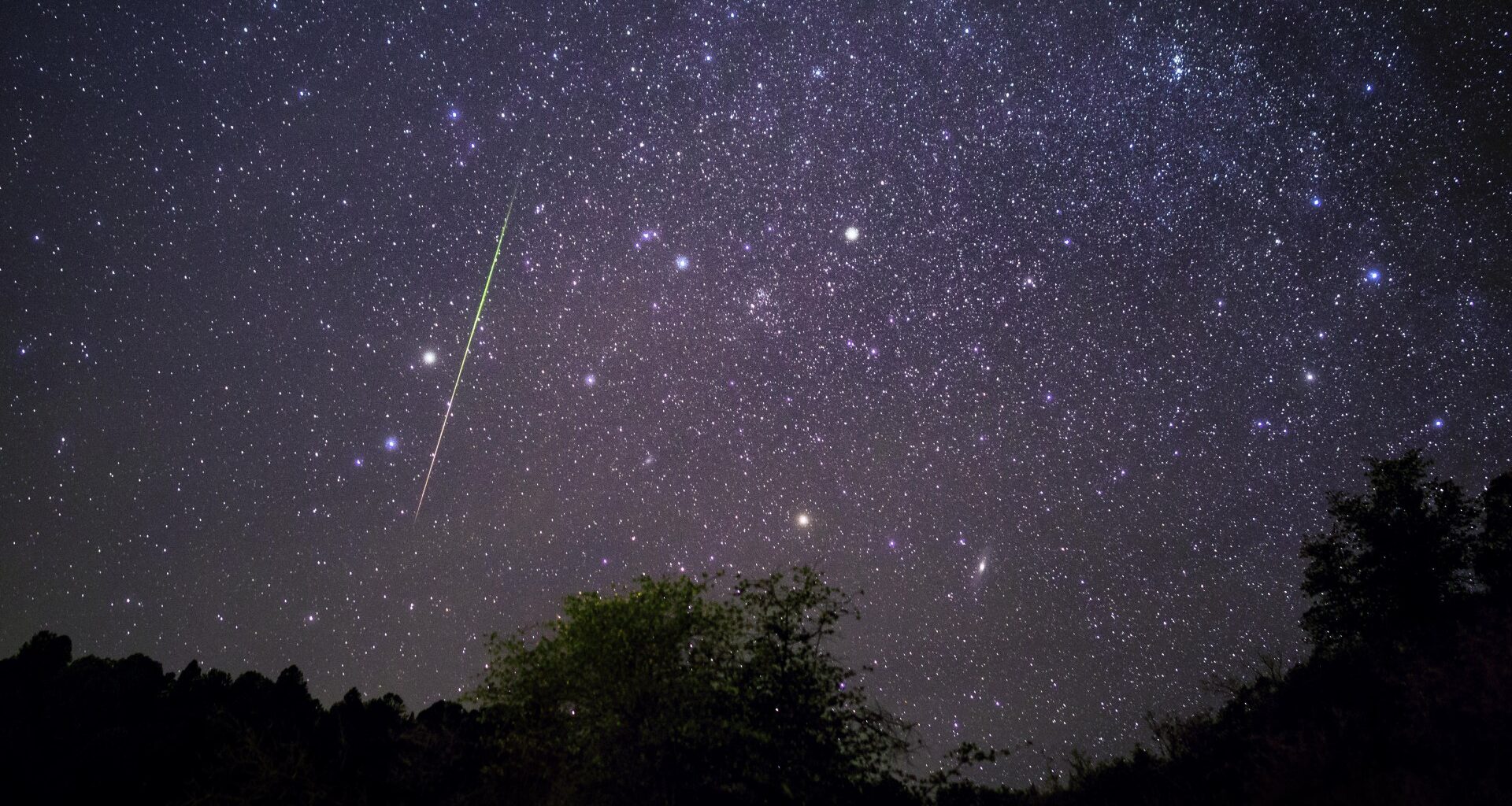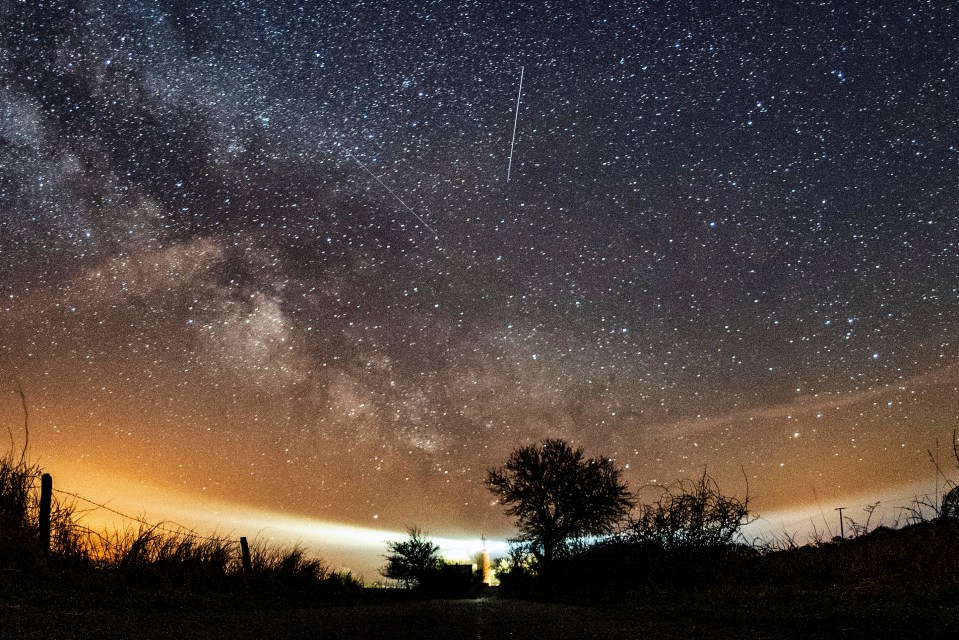A SPECTACULAR Lyrid meteor shower is set to dazzle the skies over Scotland this week.
The celestial event takes place between April 16 and 25 – but there’s one day where stargazers can get the best view.
2
The Lyrid meteor shower happens around mid to late AprilCredit: AP
2
Stargazers will be able to catch 18 shooting stars per hour on averageCredit: Alamy
The Lyrid meteor shower happens every year around mid to late April.
They are known to produce occasional bright flashes, called fireballs.
According to NASA, the first recorded Lyrid sighting happened in China around 2,700 years ago.
Stargazers will be able to catch 18 shooting stars per hour on average, with the chance of seeing up to 100 an hour during strong outbursts.
It will peak on the night of Tuesday, April 22.
“On the night of 22nd-23rd April the Moon will be below the horizon until around 3am GMT, so won’t cause light pollution, making conditions ideal to observe the peak,” according to the Royal Greenwich Observatory.
The Lyrid meteor shower is best viewed in the Northern Hemisphere during the dark hours.
It will appear low in the sky for northerly latitudes, including the UK.
NASA adds: “Find an area well away from city lights or street lights. Come prepared with a sleeping bag, blanket, or lawn chair.
“Lie flat on your back with your feet facing east and look up, taking in as much of the sky as possible.
Watch dramatic moment giant 3,500mph METEOR explodes in blazing white hot fireball over Siberia turning night into day
“After about 30 minutes in the dark, your eyes will adapt and you will begin to see meteors.
“Be patient – the show will last until dawn, so you have plenty of time to catch a glimpse.”
It comes months after Scots were treated to a double celestial special as the northern lights and a rare meteor shower put on a spectacular display.
More than 100 shooting stars from the Perseid meteor shower zoomed across the skies every hour.
The display was described as “one of the most dramatic things to see in the night sky” by weather boffins.

